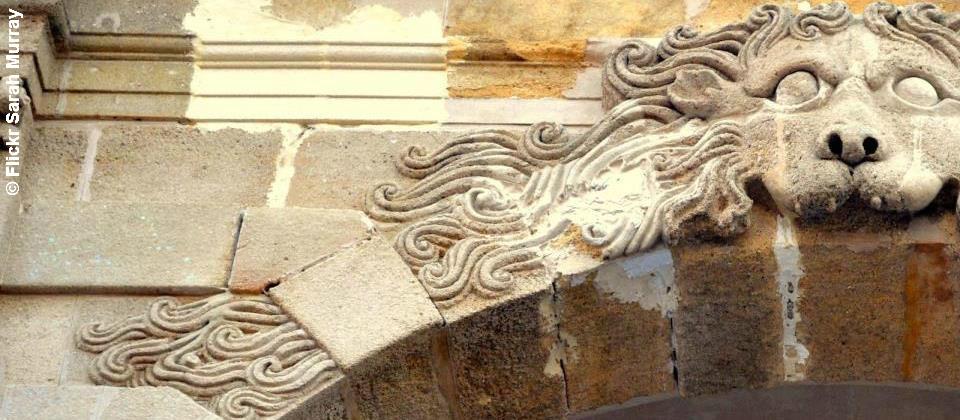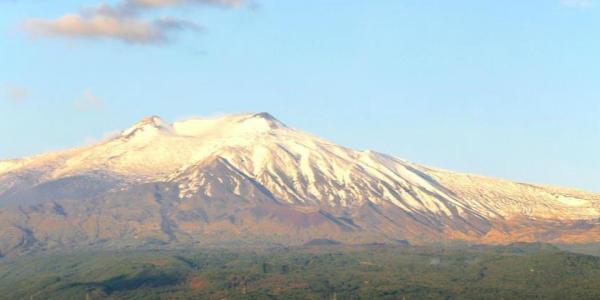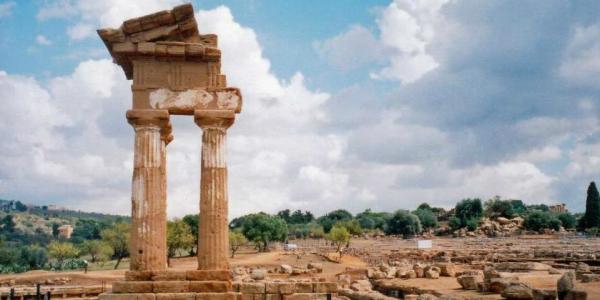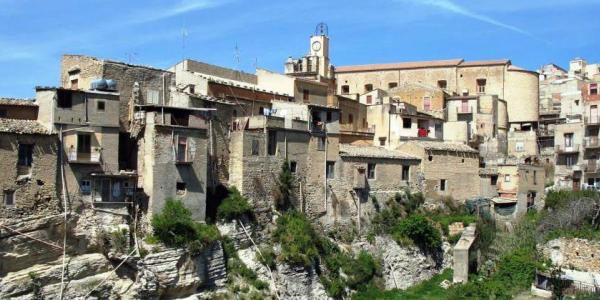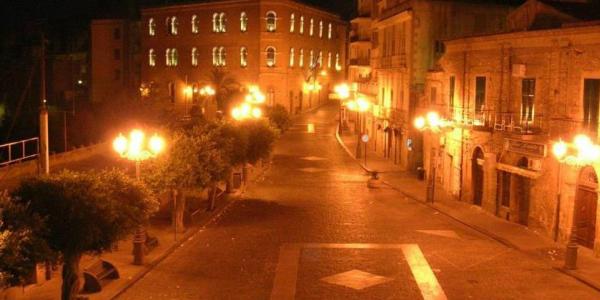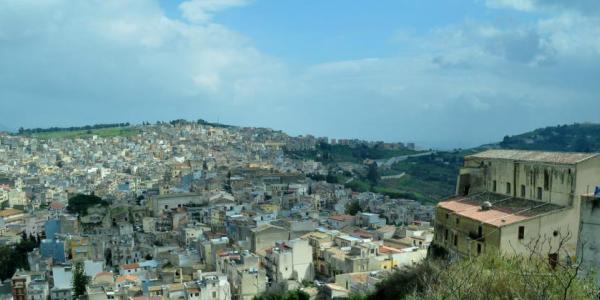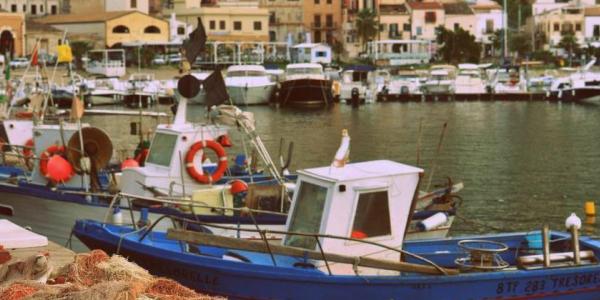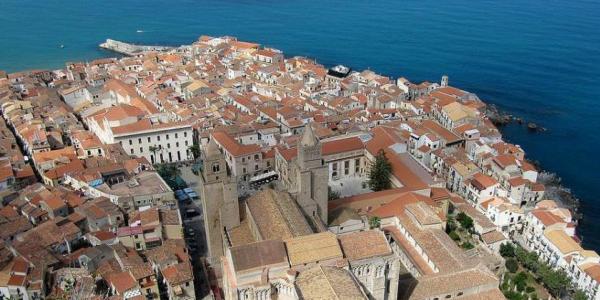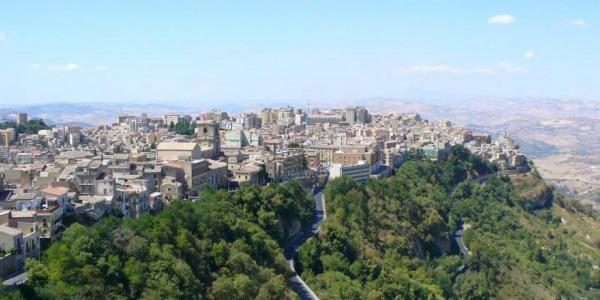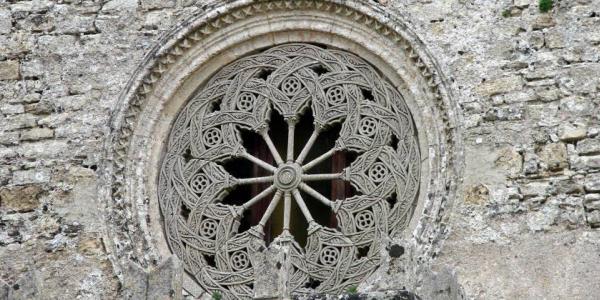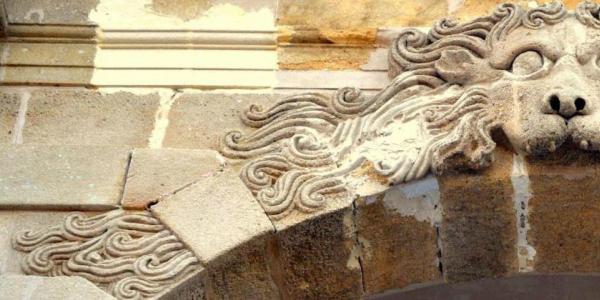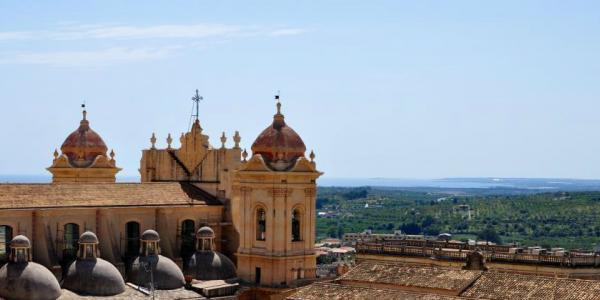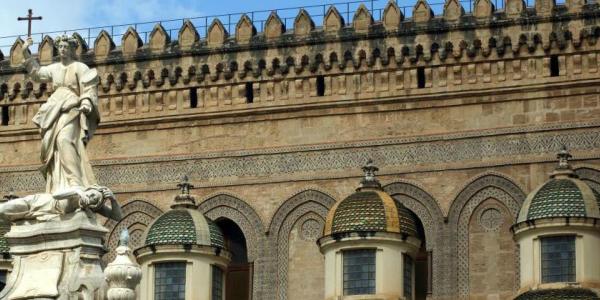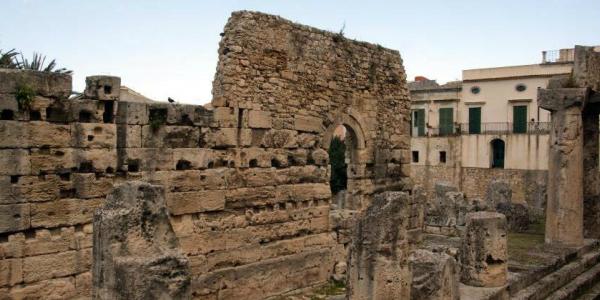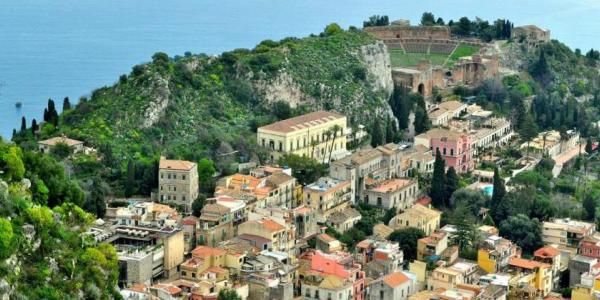The sight of salt fields and windmills along the SS-115 road are a sure sign that you are approaching Marsala, the westernmost point of Sicily, famous, among many other things, for its dessert wine.
The town enjoys a superb view of the Egadi Islands and the nature reserve of Stagnone, Sicily’s largest lagoon which is full of saltpans and little islands, including the important Phoenician archaeological site of Motya.
Historians date the origin of Marsala to the 4th century BC, when the Punic inhabitants of Motya were defeated by Syracuse and moved to the promontory of Cape Boeo, where they founded a town called Lilybaeum meaning “the town that looks at Libya"
After the conquest by the Romans in 241 BC, it became one of the most important settlements in Sicily, a strategic point for commerce and trade. The Romans were later succeeded by the Vandals and then by the Byzantines. When it fell to the Arabs in 830 A.C., they changed the name of the city to “Marsa Allah”, meaning Port of Allah, or more likely to “Marsa Ali” or Big Port. The town prospered considerably in the Middle Ages as an important centre of trade and commerce. The Normans took Marsala in 1072, rebuilt the castle and erected churches and convents.
Today, the town is best known for being the landing point for Garibaldi’s Redshirts during the 1860 Italian Unification campaign and for the dessert wine that shares its name. The success of the wine began in the 18th century, when the Englishman John Woodhouse started exporting it to Britain and it was later promoted by the Florio family.



